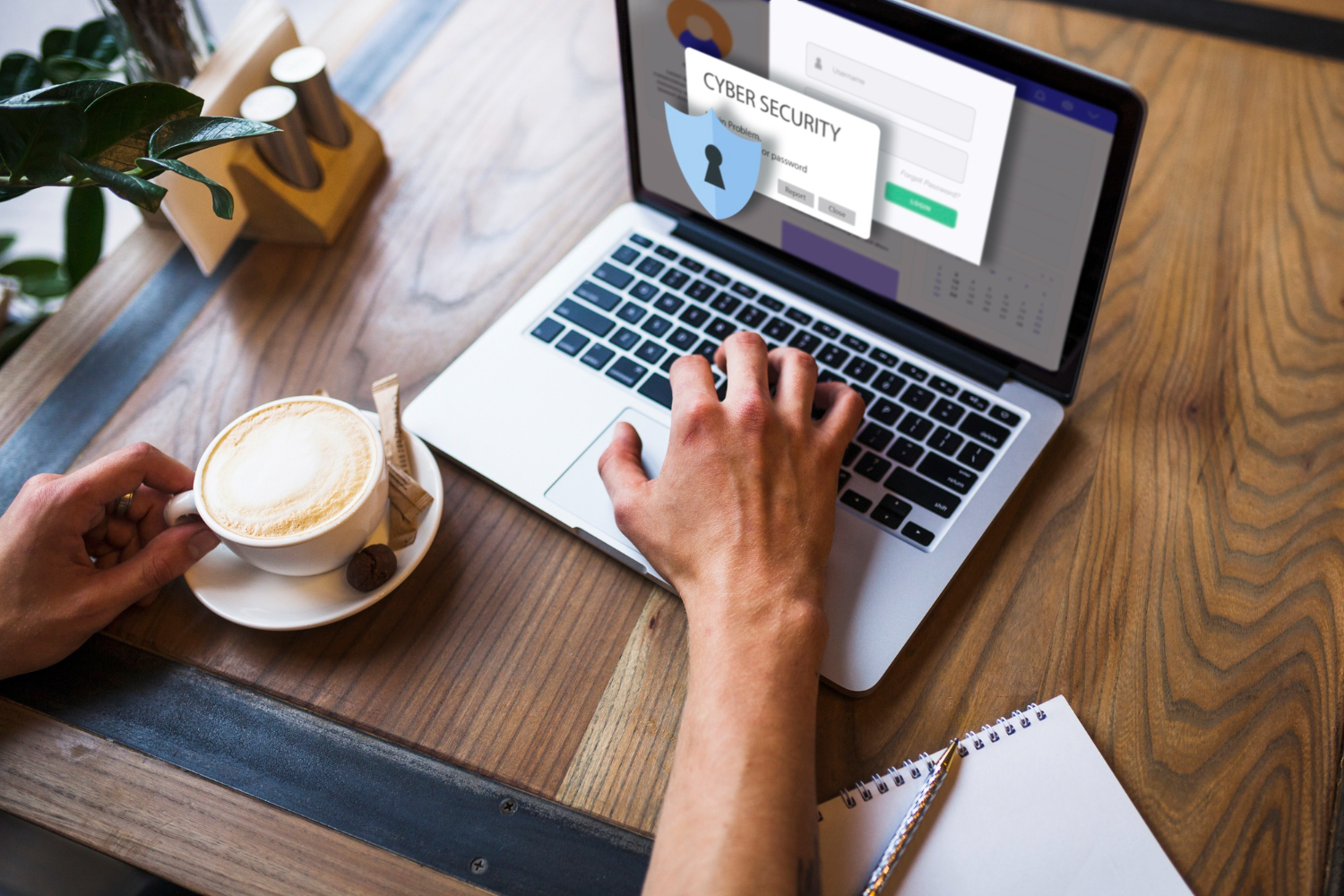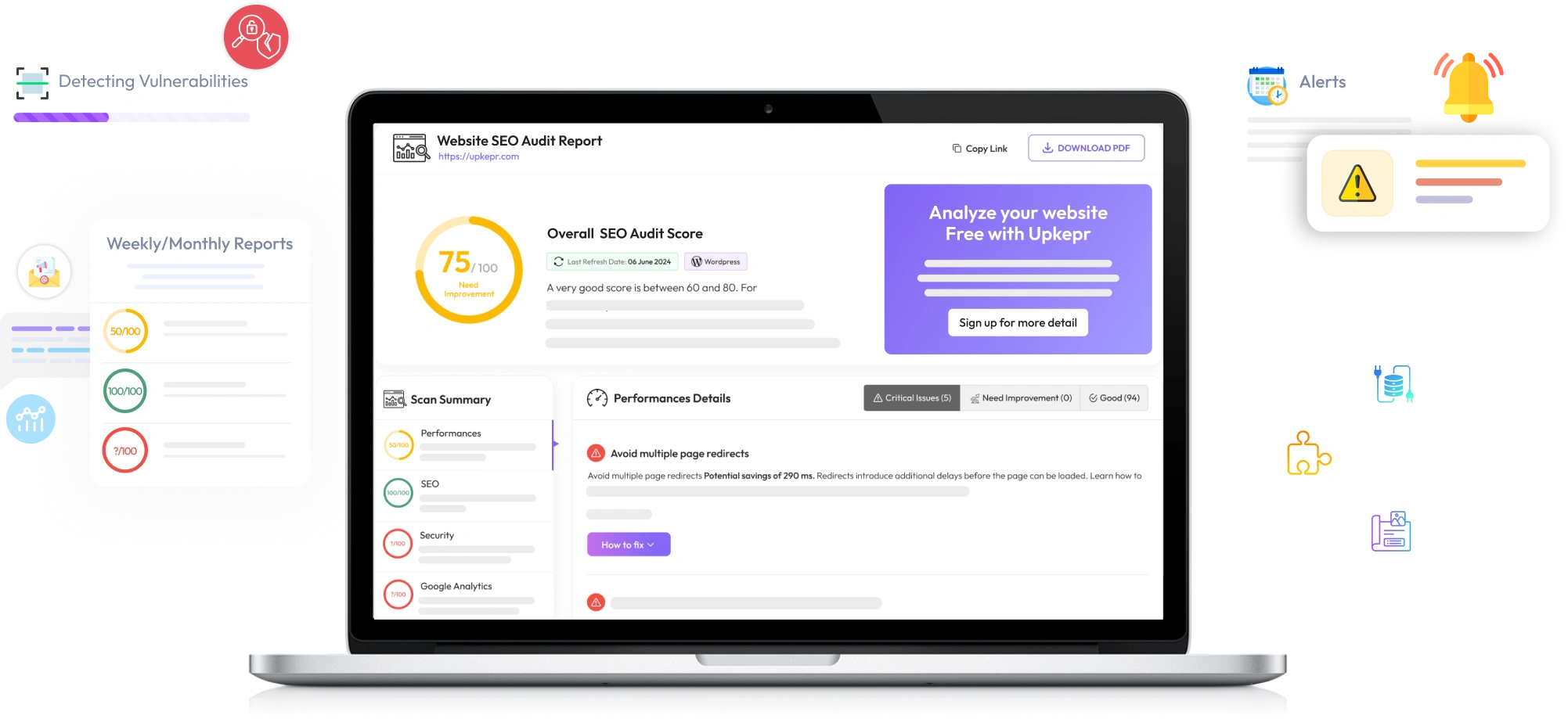How to Secure Your WordPress Login Page from Attacks

Your WordPress login page is one of the most critical entry points to your website. It's the gateway that grants access to your site's sensitive data, including posts, user accounts, and even payment information. As such, it is a prime target for hackers. Securing this entry point is essential to protecting your website from brute force attacks, credential stuffing, and other malicious activities. In this blog, we’ll discuss various methods you can implement to secure your WordPress login page from attacks and enhance the overall security of your site.
1. Use Strong Passwords
One of the easiest and most effective ways to secure your WordPress login page is by using strong passwords. Weak or commonly used passwords are the first thing attackers will attempt during a brute force attack. Passwords like "123456" or "password" are easily guessed and offer no real protection.
How to Avoid It:
Ensure that all users with access to your WordPress site use complex passwords that include a mix of uppercase letters, lowercase letters, numbers, and special characters. The password should be at least 12 characters long. Using a password manager can help you create and store unique, strong passwords for every user and account.
For an added layer of security, use a WordPress Vulnerability Scanner, like UpKepr WordPress Vulnerability Scanner, to identify weak passwords and other security gaps that might expose your site to risk.
2. Enable Two-Factor Authentication (2FA)
Two-factor authentication (2FA) adds an extra layer of security to your login page. With 2FA enabled, users must provide not only their password but also a second form of verification, such as a code sent to their phone or an authentication app. This makes it significantly more difficult for attackers to gain access, even if they have compromised a password.
How to Set It Up:
There are several WordPress plugins available to enable 2FA, such as Google Authenticator or Wordfence Security. Once installed, 2FA will require users to verify their identity through a second factor, such as a smartphone app, making it much harder for unauthorized individuals to log in.
3. Limit Login Attempts
By default, WordPress allows unlimited login attempts, which makes it easy for attackers to use brute force techniques to guess a password. Limiting login attempts will block attackers from trying multiple passwords in a short period, thus reducing the chances of a successful brute force attack.
How to Implement It:
Use plugins like Limit Login Attempts Reloaded or Login LockDown to set restrictions on the number of login attempts allowed before locking the user out for a specified time period. This simple step will discourage hackers from trying repeatedly to break into your account.
4. Change the Default Login URL
The default WordPress login URL, wp-login.php, is well-known to attackers. By changing this URL to something custom, you can make it harder for automated bots and hackers to find your login page.
How to Implement It:
You can change the login URL using a plugin like WPS Hide Login. This plugin allows you to set a custom URL for your login page, preventing attackers from easily accessing the login screen.
5. Use Captchas on the Login Page
CAPTCHAs help to prevent automated bots from accessing your WordPress login page. By requiring users to solve a puzzle (such as identifying certain objects in images or typing distorted characters), you ensure that only human users can log in.
How to Set It Up:
You can add CAPTCHA functionality to your login page using plugins such as reSmush.it Image Optimizer or Google Captcha (reCAPTCHA) by BestWebSoft. This is particularly effective at stopping automated bots that target login forms.
6. Keep WordPress and Plugins Up to Date
Security vulnerabilities are often discovered in WordPress core and plugin code. When updates are released, they typically include security patches to fix these vulnerabilities. If you don’t update your WordPress installation regularly, you leave your site open to attacks that exploit these known security holes.
How to Stay Protected:
Enable automatic updates for WordPress and your plugins, or set a schedule to check for and apply updates manually. Always update plugins and themes from trusted sources, and make sure to remove any plugins that are no longer in use.
7. Limit User Permissions
Not every user needs full administrator access to your WordPress site. By limiting user permissions, you reduce the potential damage that could be done if an attacker compromises an account. For instance, a contributor or editor can manage content without having access to your site's critical settings.
How to Implement It:
Review user roles regularly and ensure that each user has the appropriate level of access for their tasks. Use the User Role Editor plugin to manage and adjust user permissions effectively.
8. Monitor Login Activity
Monitoring login attempts can help you detect suspicious activities in real-time, such as multiple failed login attempts from the same IP address or logins from unfamiliar locations. Tracking these activities enables you to respond swiftly to potential attacks.
How to Monitor:
Install security plugins such as Wordfence or Sucuri Security to monitor login attempts. These plugins can alert you if there is suspicious activity, allowing you to take immediate action.
Conclusion
Securing your WordPress login page is a vital step in protecting your website from cyber threats. By following the steps above—using strong passwords, enabling two-factor authentication, limiting login attempts, changing the default login URL, and keeping everything updated—you can significantly reduce the risk of unauthorized access.
Additionally, using tools like UpKepr WordPress Vulnerability Scanner can help identify vulnerabilities on your site, including weak passwords, outdated plugins, and other security flaws that might expose your login page to attackers. Remember, prevention is better than cure, and securing your WordPress login page today will save you from potential headaches tomorrow.
Note: IndiBlogHub features both user-submitted and editorial content. We do not verify third-party contributions. Read our Disclaimer and Privacy Policyfor details.







